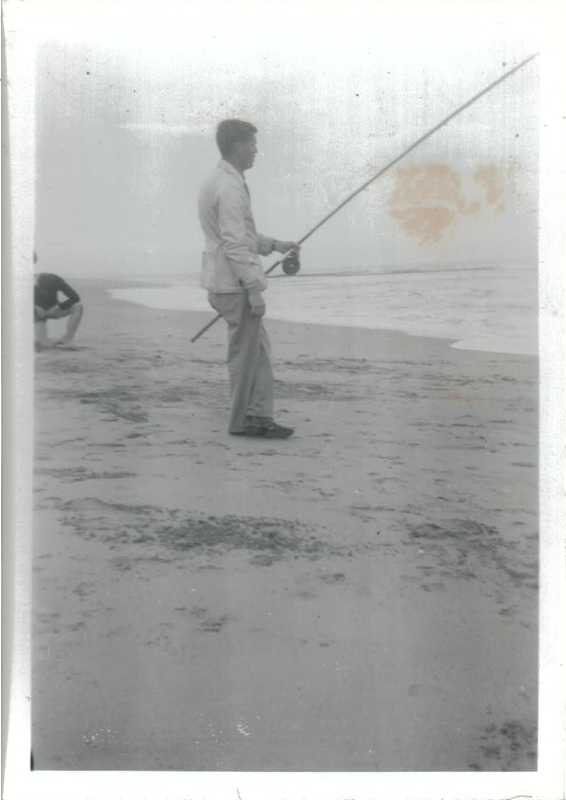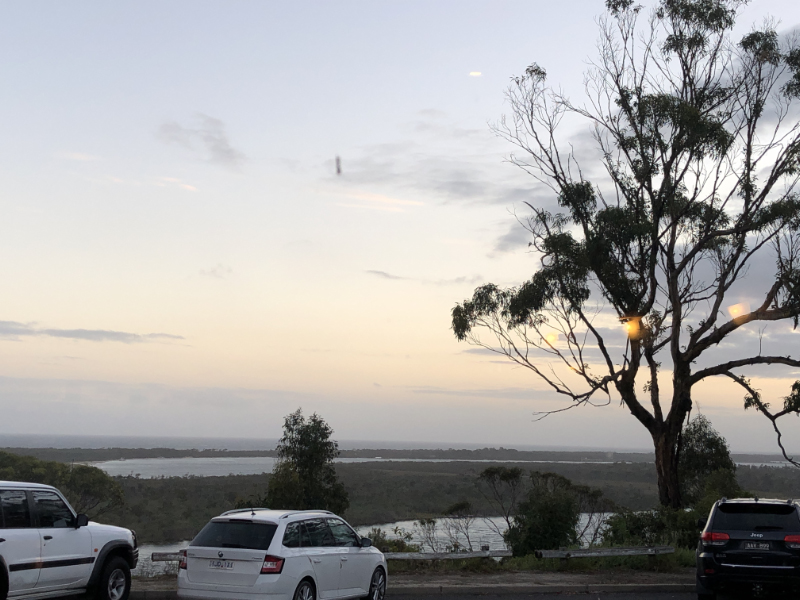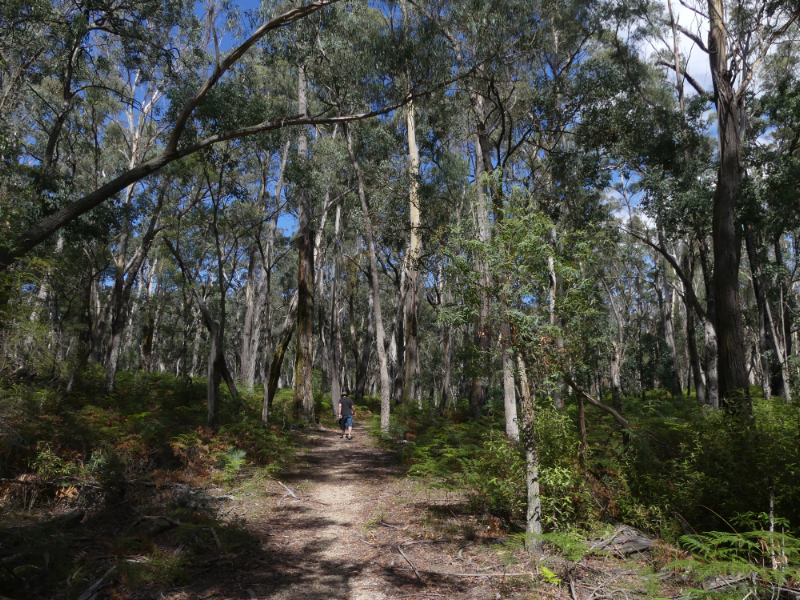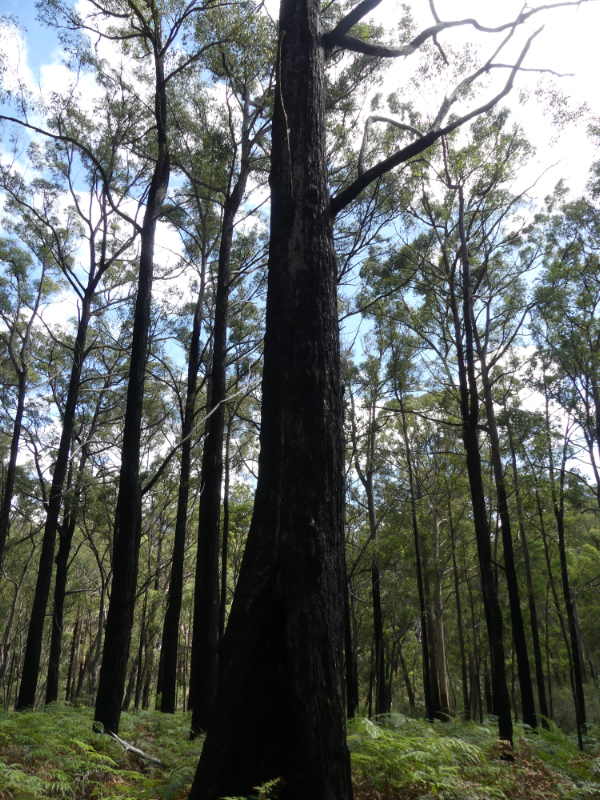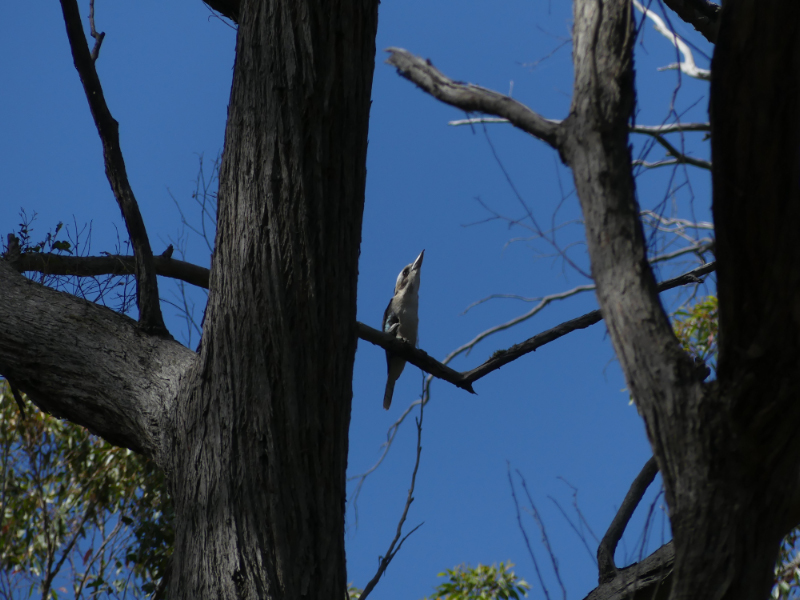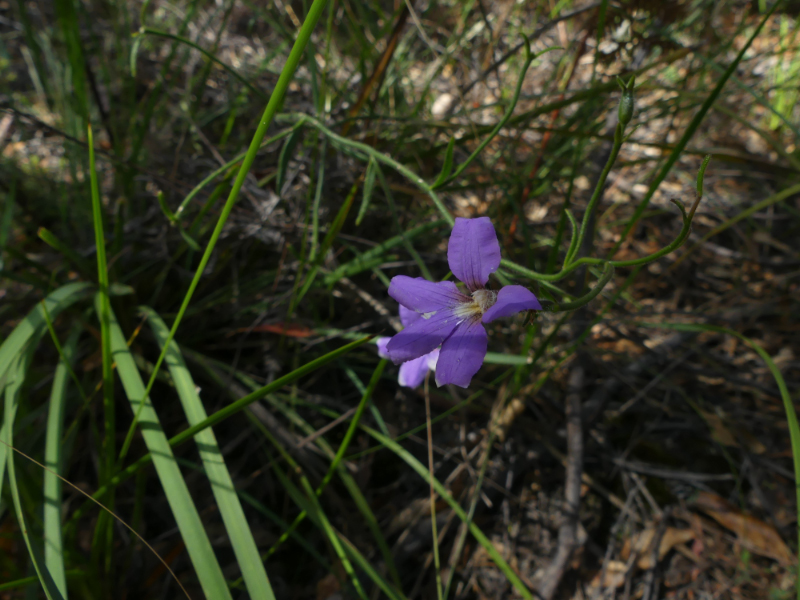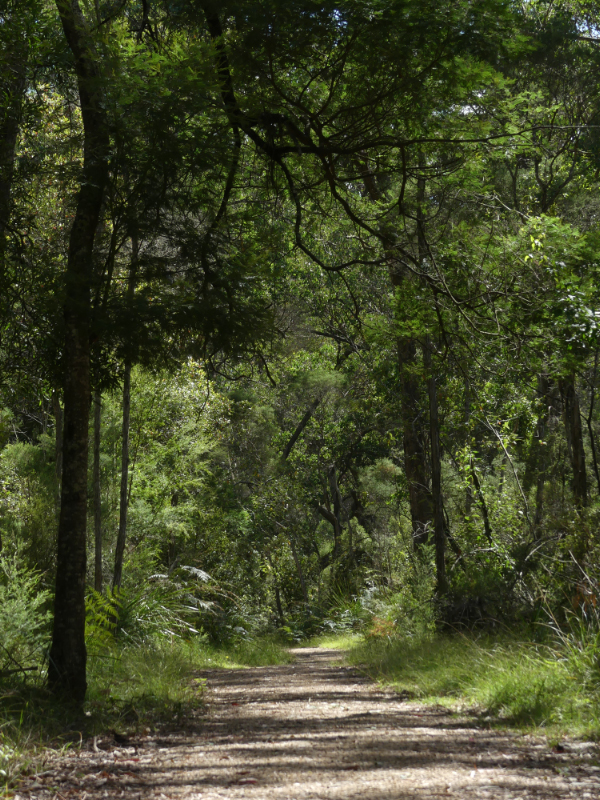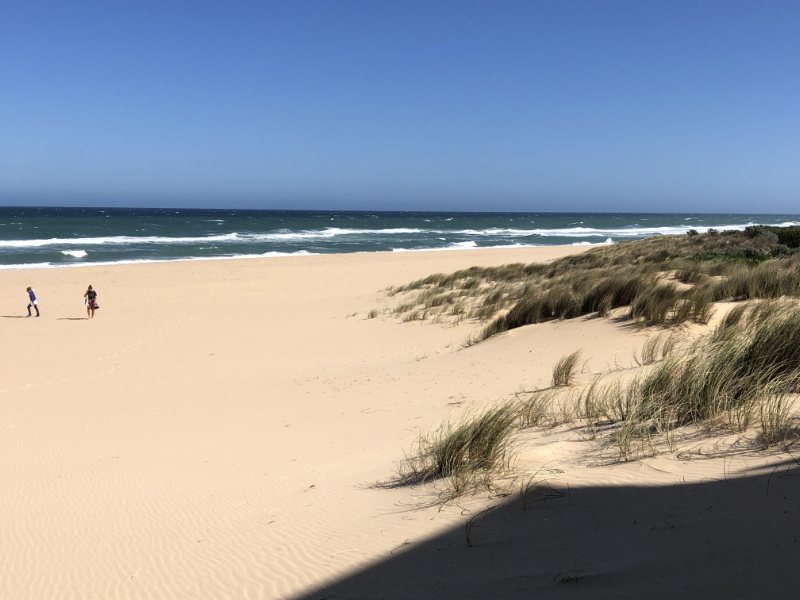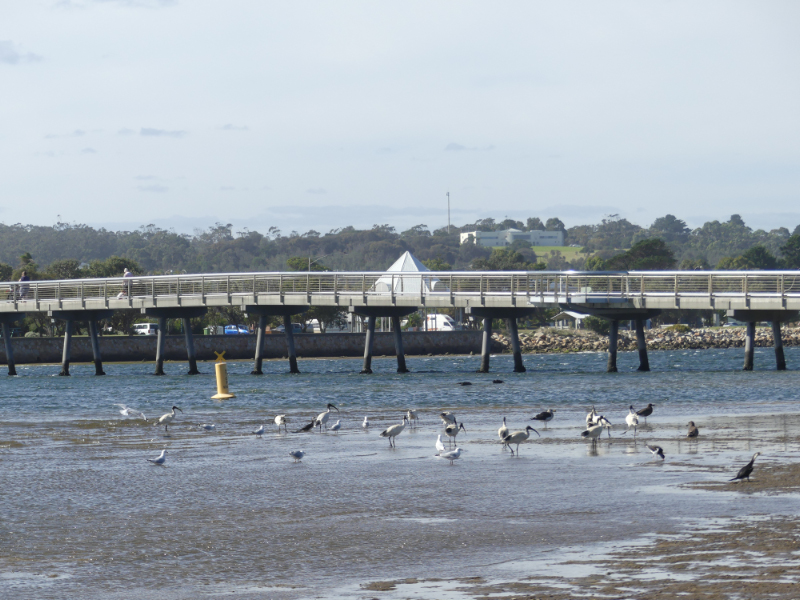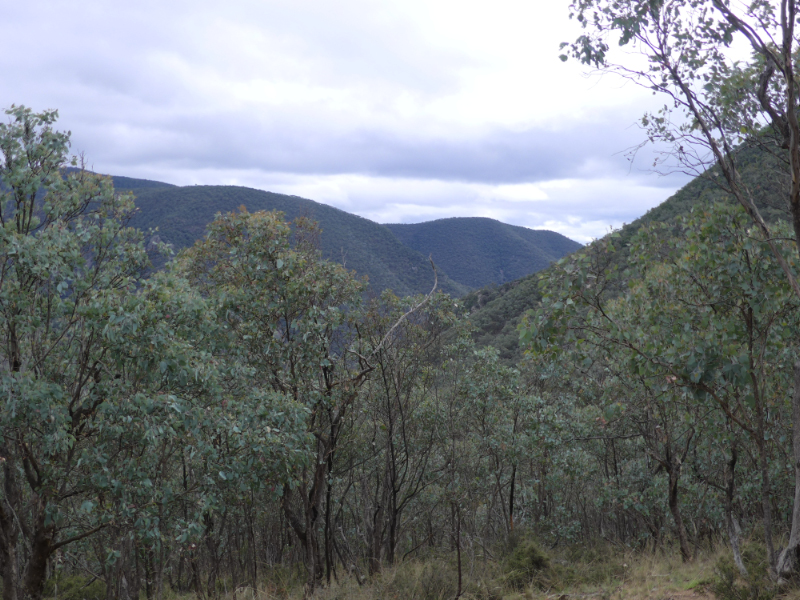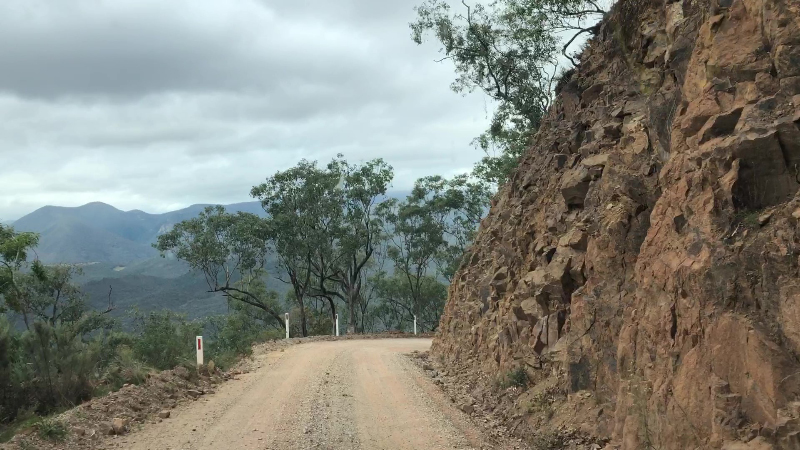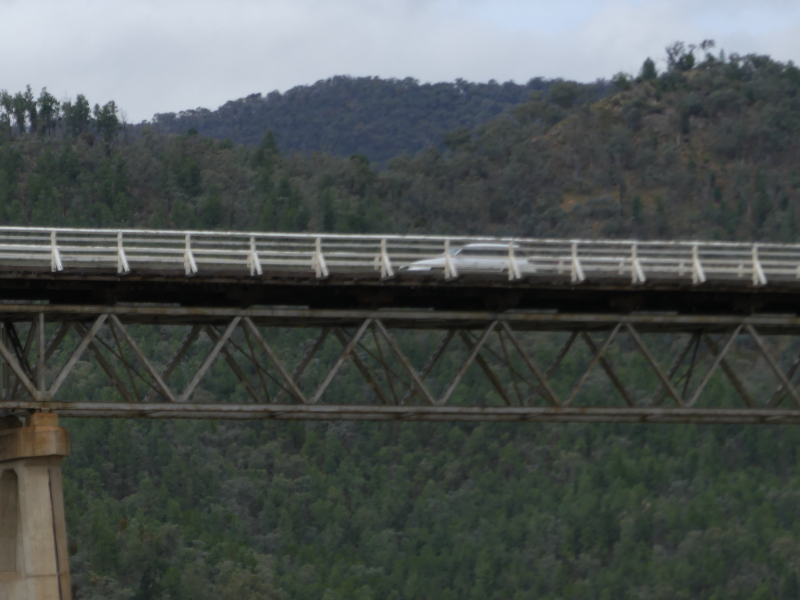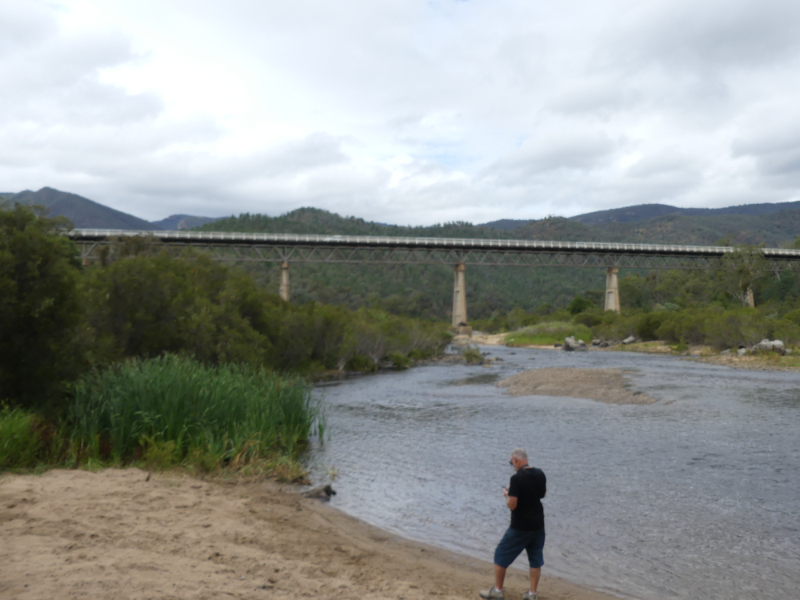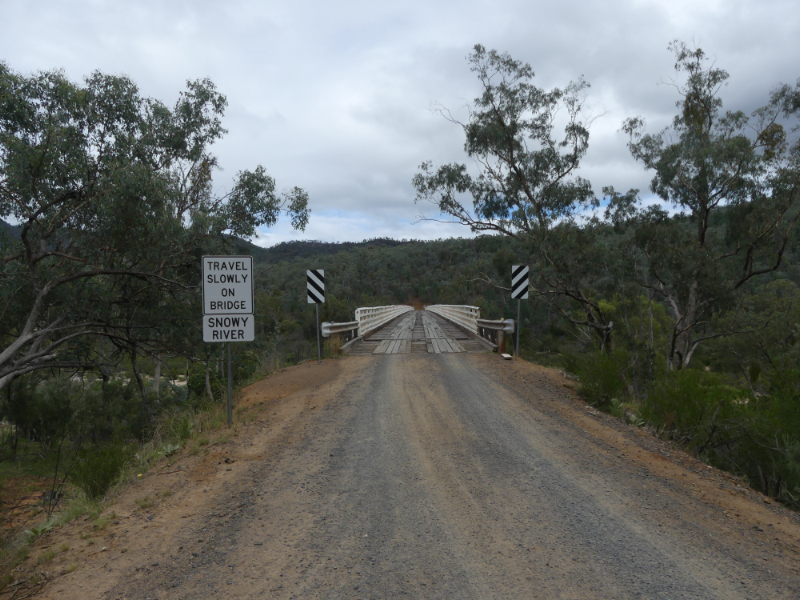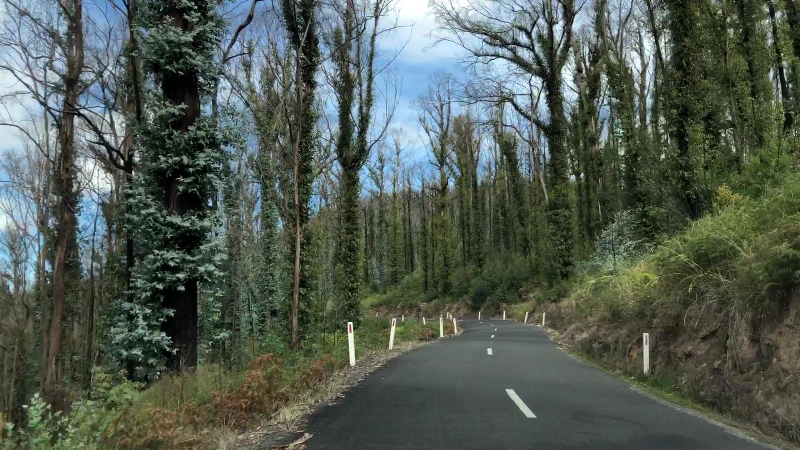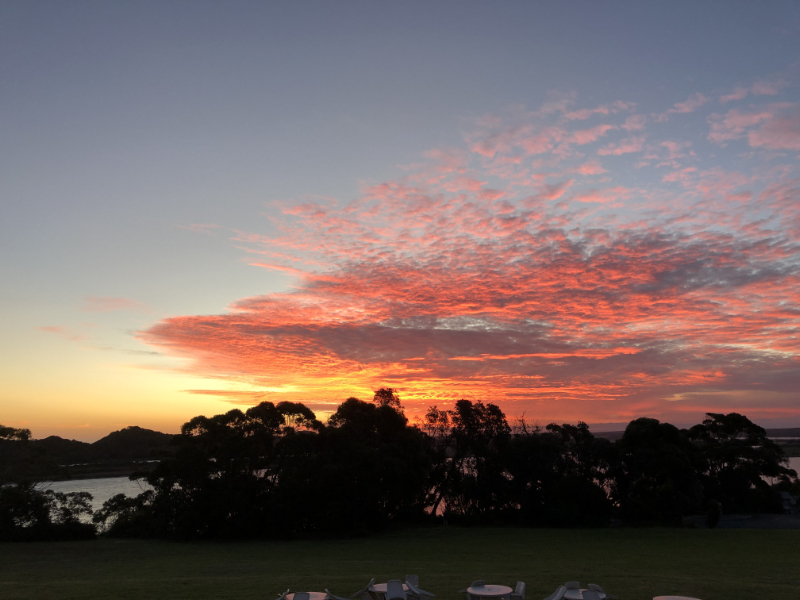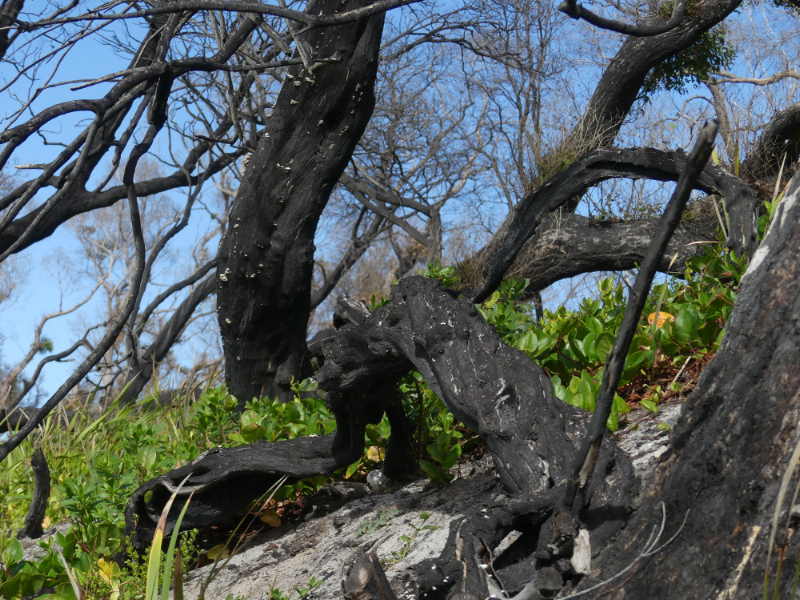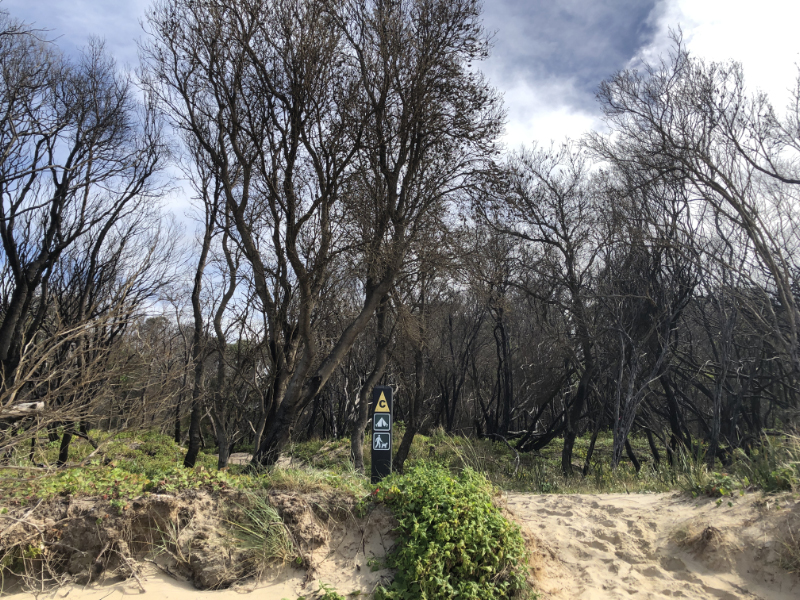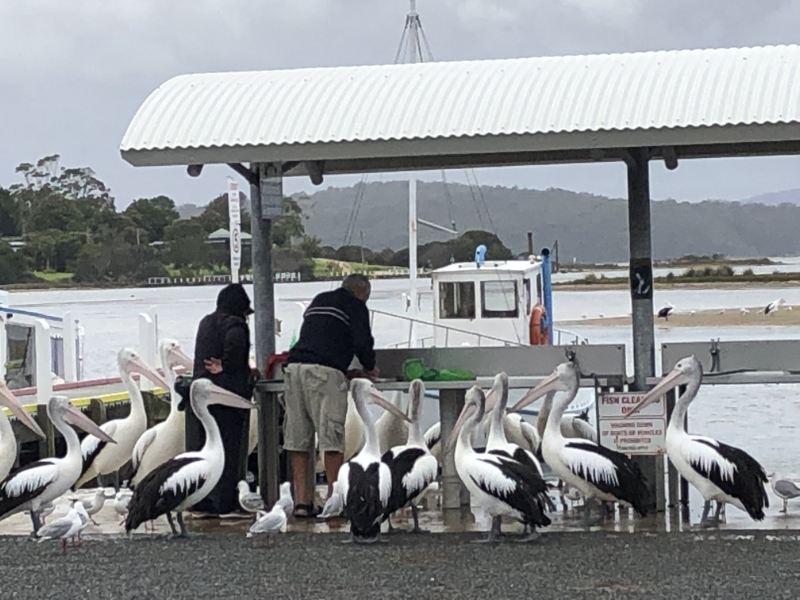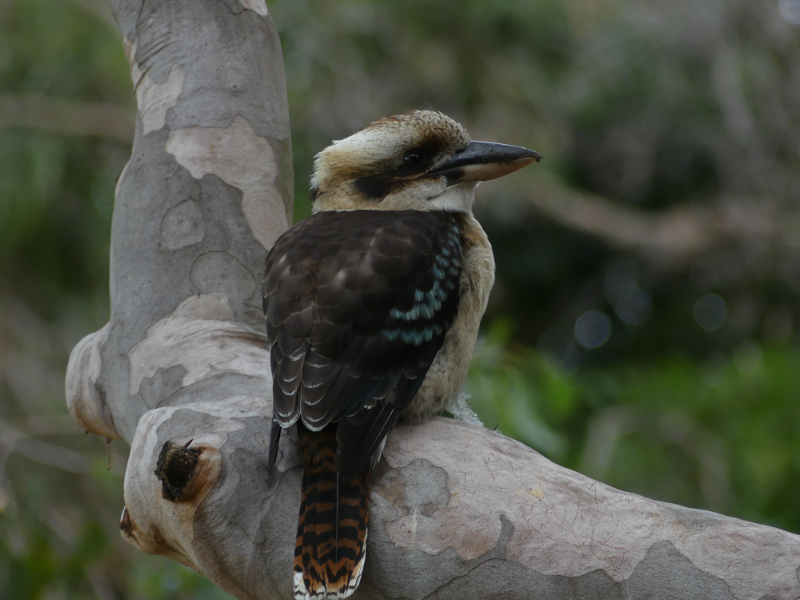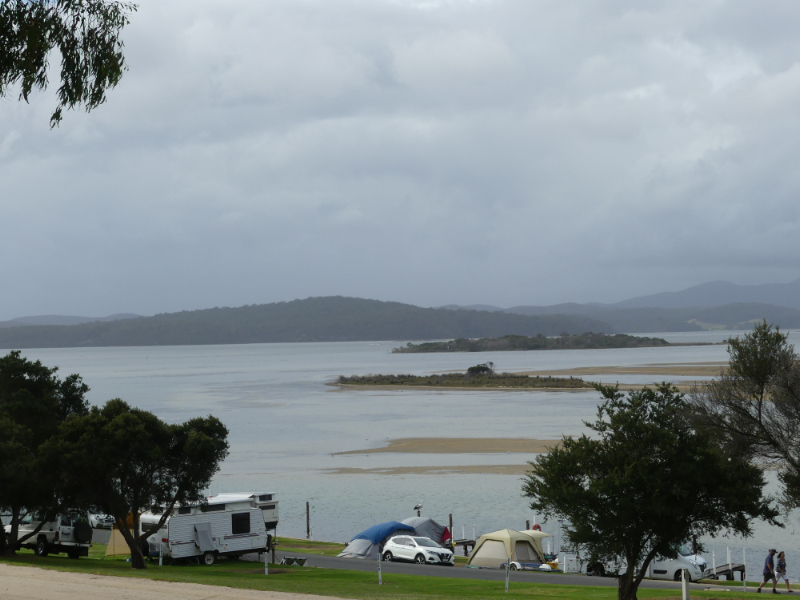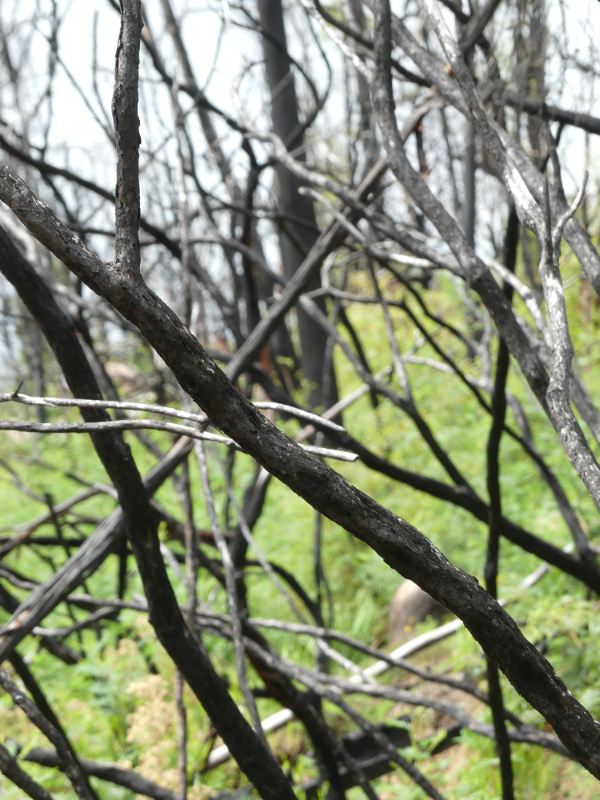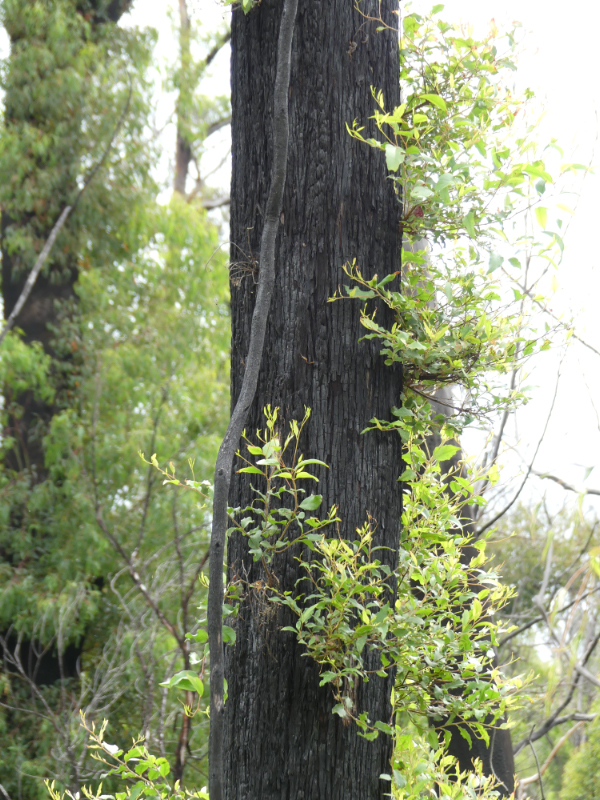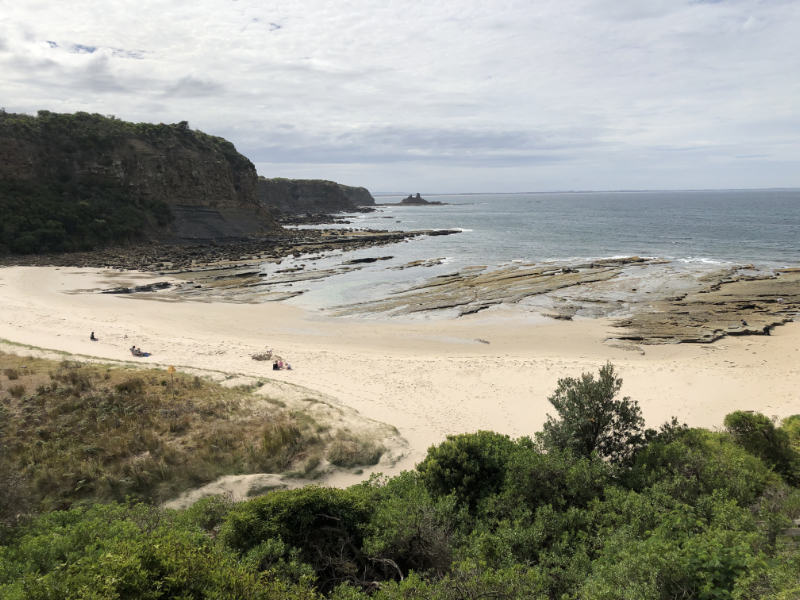March 2021
After a year of being locked down, the COVID pandemic appeared to be coming under some kind of control and we ventured out.
Our first outing was along Victoria’s eastern coastline – Lakes Entrance, Marlo and Mallacoota for a few days. It was initiated to provide some support to the small towns in NE Victoria that had suffered devastation from the bushfires in 2020. This was our journey…

Sandringham to Mallacoota
It was a long drive and skies were grey all the way to Lakes Entrance, with a broken journey at Yarragon for lunch.
We spent the afternoon acquainting ourselves with the ‘hood.
I had been here as a child, when my father’s only ideal holiday was armed with a fishing rod or two. There were rods for the surf, rods for the rivers and rods for us to try our luck on the lakes. In fact in the frenzied nights before we ‘took off’ he would be warming lead in the kitchen saucepans to make his own sinkers for the ocean or threading flies onto fishing hooks for the rivers.
We all scored beanies on those holidays – while Dad was braving the elements fishing, Mum would sit in the car to keep warm and knit beanies for us.
Here are some family pics of our expeditions to Lakes Entrance, approximately 1959 and 1961.
Our hostess at Lakes Entrance suggested the Kilmna Hotel for dinner – a decent pub with beautiful views over the lakes.
The east coast of Victoria can be windy (bad for bushfires), but once we were away from the coast it was very pleasant.
Near Lakes Entrance we walked in the Colquhoun State Forest. Our first true step outside out the boundaries of lockdown for a very long time. It was peaceful. I was struck by the beautiful smell of the very tall eucalypts. We were not alone, kookaburras entertained us and we were delighted to see some colourful flowers.
At the edge of the forest is the Stoney Creek Trestle Bridge. The rail service from Melbourne to Bairnsdale was opened in 1888 and when it was extended to Orbost in 1916 it included the Stony Creek Trestle Bridge. This 97km extension through rugged terrain was reputed to have been the most difficult rail project undertaken in Victoria. It was in service for over 60 years but the bridge was damaged by bushfire in 1980, with the last train crossing in 1987.
The bridge, built of red ironbark and grey box timber, seemed massive to stand underneath. At 247m long and 20m high, it is the largest standing bridge of its kind in the state.
We returned to Lakes Entrance and wandered along the lake and crossed over to the spit. It was far too windy to go onto the surf beach, with the sand stinging our legs. We enjoyed a quiet walk through the bushland between the ocean and the lake.
We’d managed to book a table at Soda Fish, a lovely seafood restaurant on the lake. It was a perfect setting, watching the sun fade amongst the fishing boats.
The next day we set out on a long drive on McKillops Road. This is said to be the most dangerous road in Australia because it is a very windy gravel road down to a steep gorge in the Deddick Valley, where the Snowy River snakes its was towards the Pacific Ocean. We had chosen the picturesque east to west route.
The road itself was well graded and we had enough vision as we descended into the valley to see any oncoming traffic on the steep and narrow hairpin bends.
During the bushfires in January 2020 there had been a massive effort to save McKillops Bridge which crosses the Snowy River. It is a much loved bridge, known as an extraordinary engineering feat when it was built between 1931 and 1936. It is also an important exit route from where the fires were burning.
Now we were starting to see the effects of the bushfires. Tall trees, blackened by the fires with brand new shoots bursting out of them.
I’ve travelled a lot, but I am always excited to see the beautiful Australian bush.
We stayed in the tiny town of Marlo, where the Snowy River runs into the sea. In the last census the town had just 564 inhabitants, and I think they all went to the pub for dinner. We stayed at the pub and enjoyed a bright sunset from the balcony.
Close by is Cape Conran where Steph and her family used to camp during their Summer holidays. Here the bushfires had burnt right to the sand. It was a horrifying sight – the only place to be safe would have been in the ocean.
The realisation of the damage done by these fires was starting to sink in.
It was a relatively short drive to Mallacoota, and we drove through kilometres of burnt out bushland. Australian bush has a way of rejuvenating. The eucalypts were sprouting new shoots, many of which would die back, allowing just the stronger growth to survive. The she-oaks could not be revived, but saplings were making their way through the earth, to start afresh.
Our accommodation was in an old school house, labelled the Captain’s Cabin. It had more space than we needed and would have suited a family nicely. Everything was close by.
Rain was looming, so our souvenir of Mallacoota was a couple of plastic ponchos, just in case. Of course we didn’t need to use them and managed to get out and about between rainfalls.
We were surprised to see the camping ground close to full. It was school time, so the travellers were not young families, they had to be older people, so glad to make their escapes from the interminable lockdowns of 2020.
Likewise, the pub was running at full capacity and the mood was good. After a tough year, we hope north-eastern Victoria can now get on with a normal life.
We made a quick dash towards home, spending our last night in Mirboo North where Bruce had noticed that the Grand Ridge Brewery was serving Sunday dinners. We stayed in the aptly names 1st T Motel on the golf course and walked through it to reach the brewery.
The brewery was suffering what we might call covid-itis – lack of patrons due to the pandemic. Just three tables of patrons for the night. Hopefully their lunch time service was better.
We meandered back via East Gippsland, having covered just over 1500 km in our six day journey.
There were still some breakout cases of COVID over summer, but we were hoping that even as the months get cooler, the pandemic will ease and life will move back to a normal mode.
e_header.jpg)


